Tigers have long fascinated humanity with their majestic presence and powerful symbolism. Revered across numerous cultures and mythologies, these apex predators capture our imagination and reflect our deepest fears and aspirations. In this article, we delve into why tigers hold such a revered place in mythology across various cultures, shedding light on their symbolic significance and the important messages they carry.
The Historical Significance of Tigers
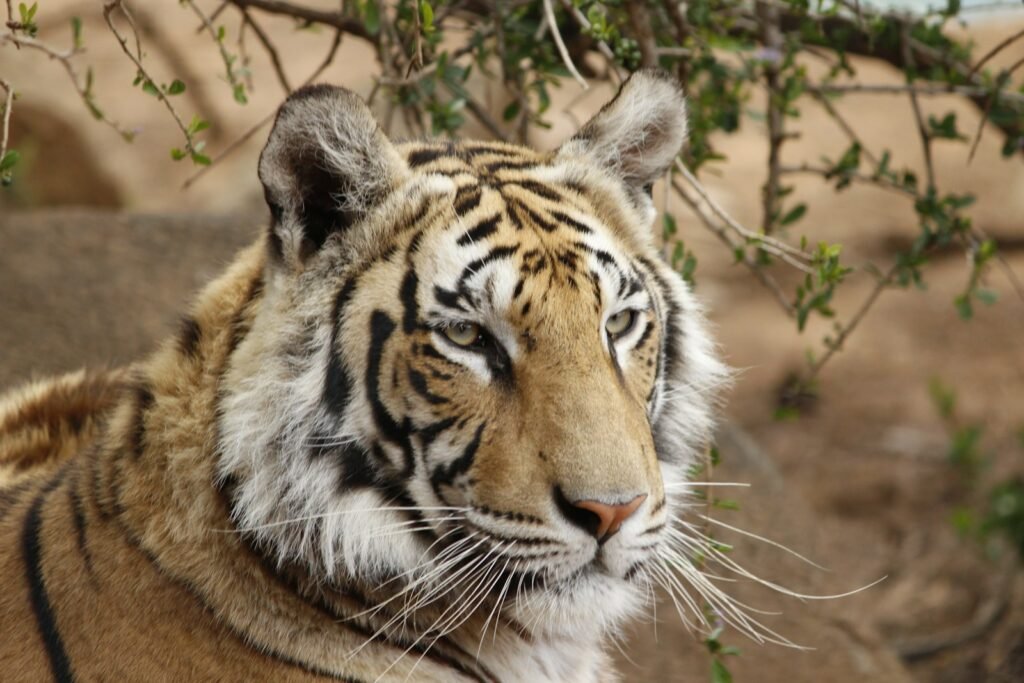
The historical significance of tigers stems from their existence in a wide range of habitats, from the dense jungles of Asia to the expansive Siberian forests. Their adaptability and prowess in these environments made them both a vital and formidable presence, deeply influencing the cultures and communities that shared these spaces with them. This natural presence laid the foundation for their incorporation into myth and legend.
Tigers in Asian Mythology

Across Asia, tigers have been intertwined with mythology and spirituality. In Chinese culture, the tiger is revered as a guardian spirit, often depicted as a protector against evil spirits. It is also one of the twelve zodiac signs, associated with power, courage, and unpredictability. In Indian mythology, the tiger is seen as a vehicle for deities like Durga, signifying strength and fearlessness in the fight against evil.
The Symbol of Power and Courage
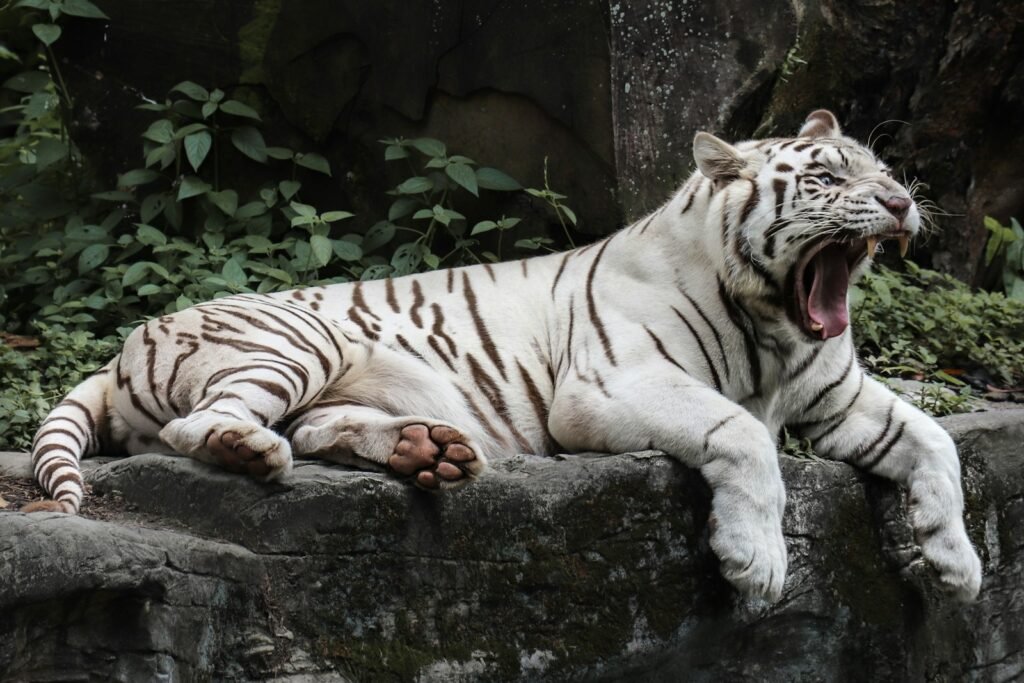
Tigers are universally recognized symbols of power and courage. Their unmatched strength and hunting prowess have made them a symbol of dominance and authority. Their role as apex predators places them at the top of the food chain, embodying an assertive presence that many cultures equate with leadership and valor.
Guardians of the Spirit World
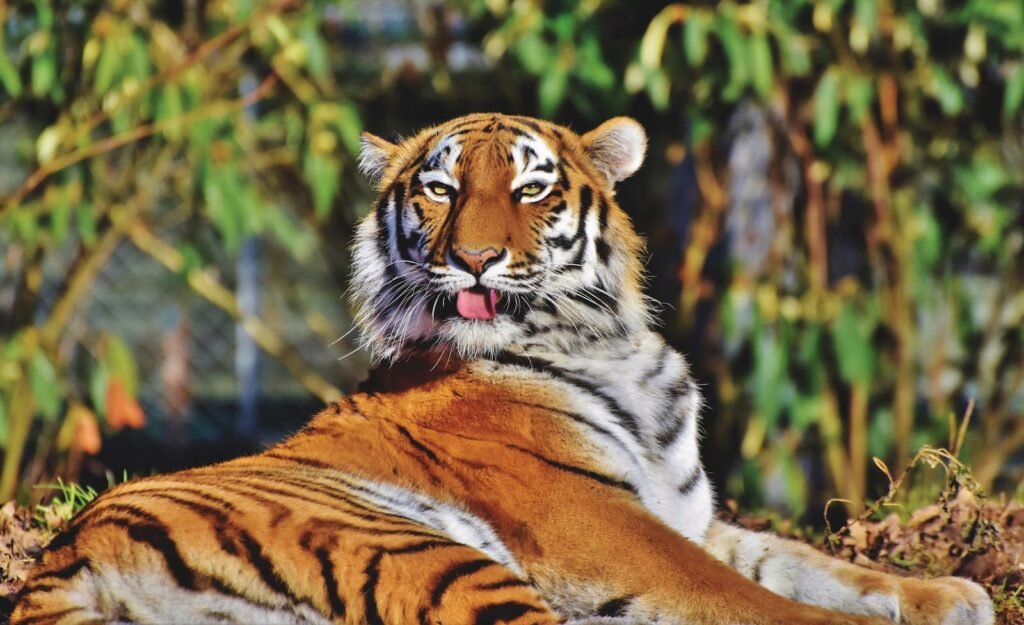
In many mythologies, tigers are seen as spiritual guardians. In Korean folklore, the tiger is a guardian of the mountain and a symbol of good luck, often portrayed alongside the pine tree and rock, together representing longevity, steadfastness, and resilience. Their perceived roles as protectors of sacred spaces further amplify their revered status.
A Representation of Balance

Tigers are often seen as representations of balance in nature, embodying both the ferocity of a hunter and the nurturing instincts of a parent. This duality allows them to symbolize the balance between chaos and order, strength and tenderness, which is a recurrent theme in mythology and spiritual teachings.
Tiger Deities and Legendary Stories

Many cultures have deified tigers or included their likeness in legendary tales. In Hindu mythology, the goddess Durga is depicted riding a tiger, symbolizing her fierce nature and capability to vanquish demons. Similarly, in Chinese folklore, the White Tiger represents the west and is one of the Four Symbols of the Chinese constellations, associated with the element of metal and the season of autumn.
The Cultural Depiction of Tigers in Art
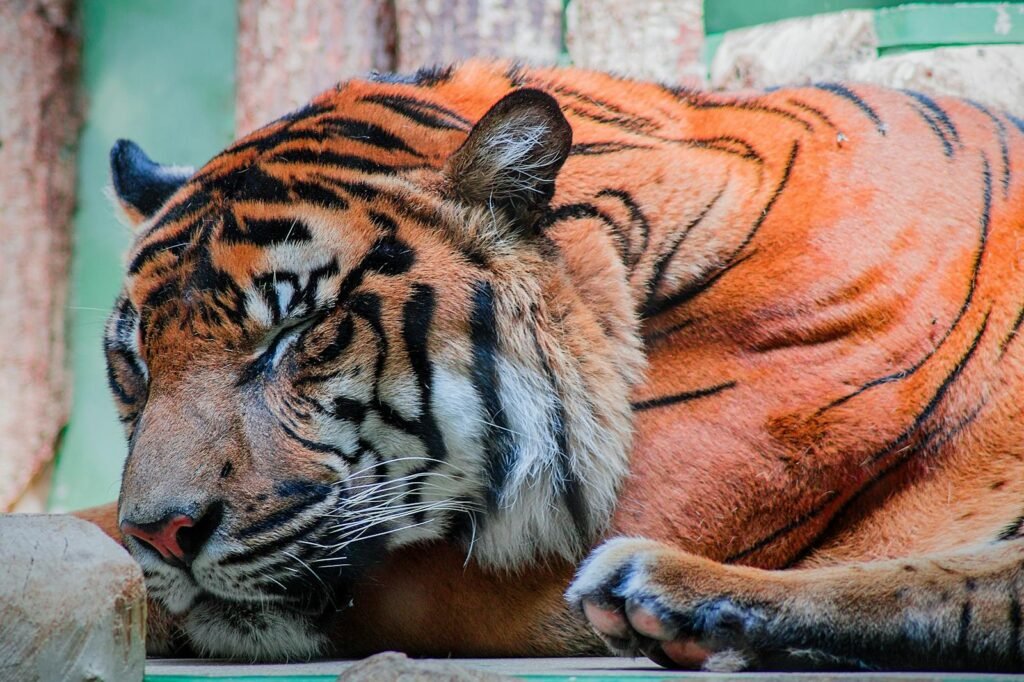
Tigers have been captured in various art forms including paintings, sculptures, and textiles. These depictions not only display the beauty of the animal but also convey the powerful symbolism they hold. In Japanese art, the tiger is often depicted alongside the dragon, together illustrating the balance of forces in nature.
Modern Mythologies and Conservation Efforts
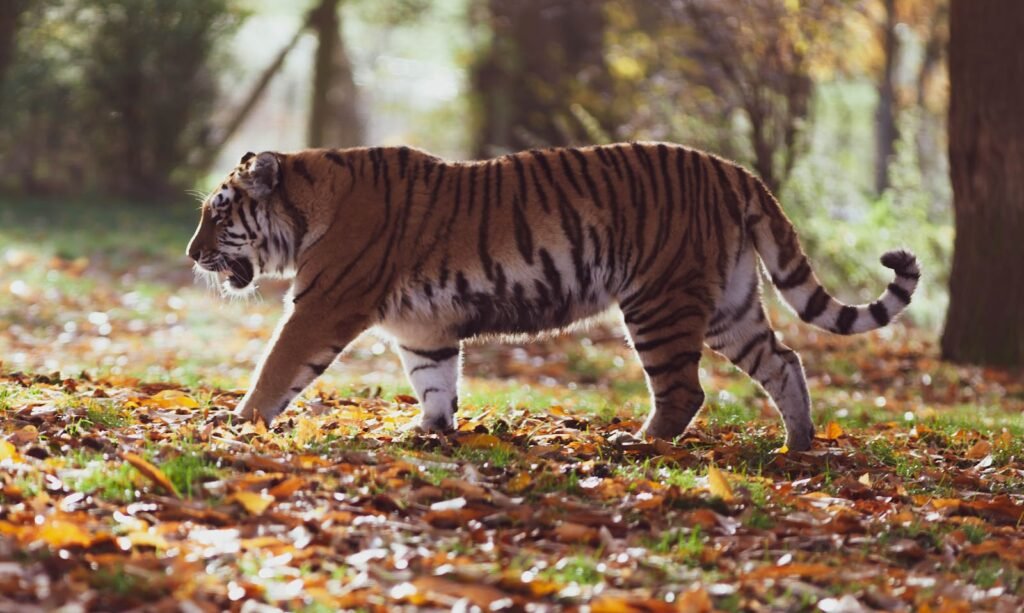
In the modern context, tigers continue to symbolize fierce beauty and biodiversity. They are often used in conservation campaigns to highlight the pressures on wildlife and the importance of conserving wilderness areas. These efforts reflect a modern mythology of protection and reverence, emphasizing the role of humans in maintaining ecological balance.
Tigers as National Symbols
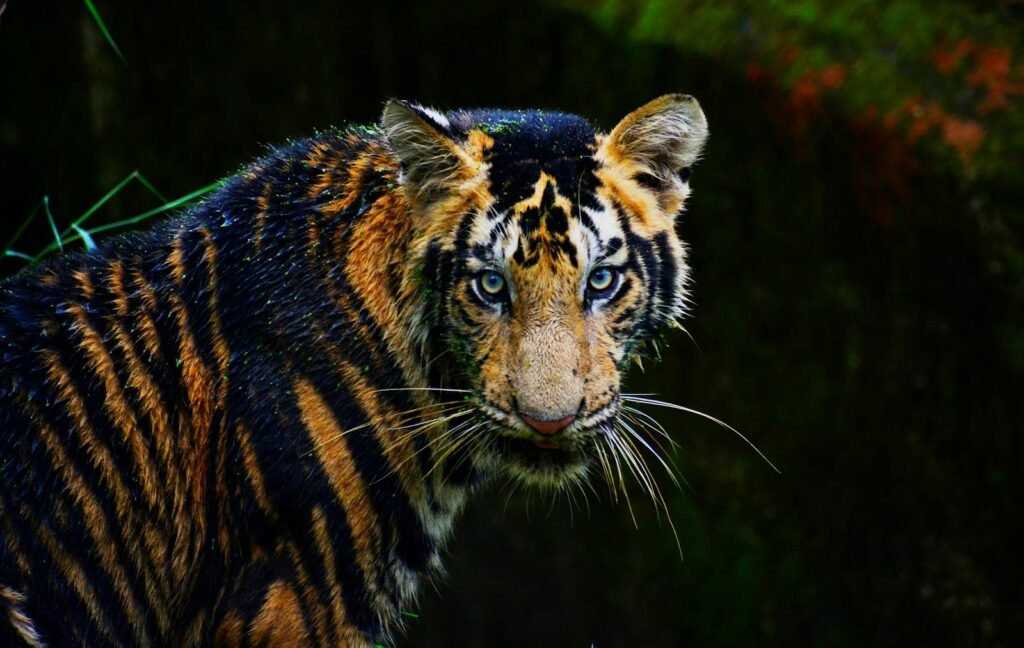
Tigers are national symbols in several countries, representing strength and vitality. For instance, the Bengal tiger is India’s national animal, symbolizing majesty and grace while highlighting the nation’s commitment to wildlife conservation efforts. This national symbolism further underscores the deep cultural and spiritual significance tigers hold.
The Challenge of Coexistence
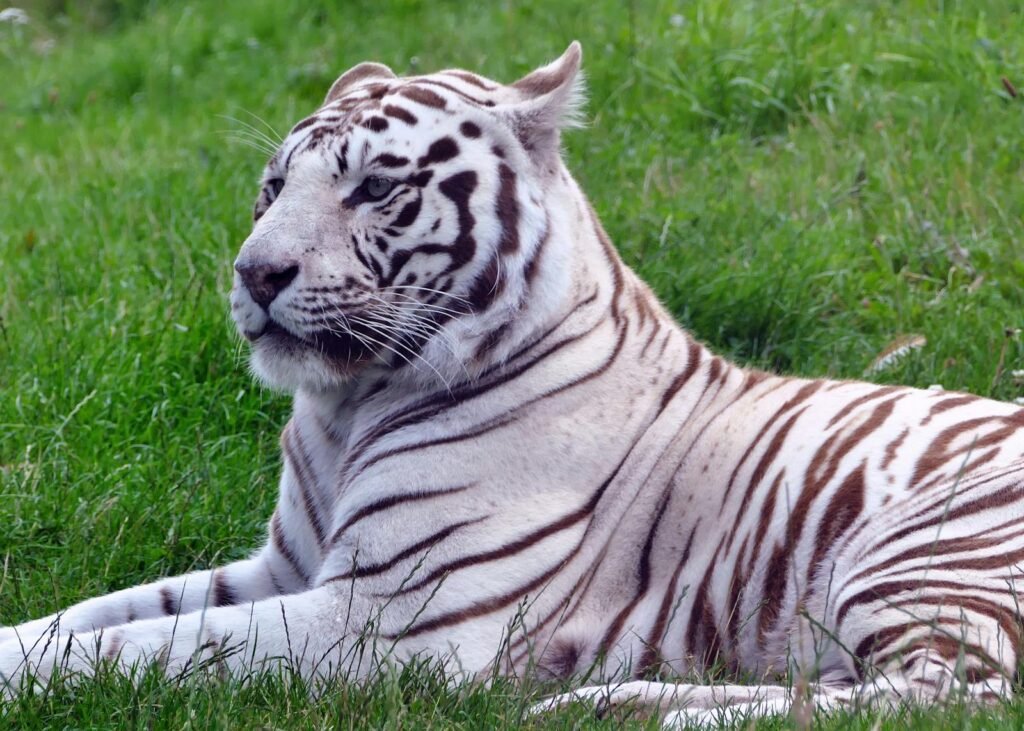
While tigers hold a revered place in mythology, they are also seen as threats in many communities due to their power and proximity. This complex relationship necessitates a deeper understanding and a concerted effort to achieve harmony between humans and wildlife. By exploring the deep-seated cultural reverence for tigers, we can ignite a collective effort towards their preservation.
Tigers, with their mesmerizing allure and powerful presence, endow humanity with timeless stories and lessons. By examining their role in global mythologies, we not only appreciate their majestic nature but also glean insights into our own cultural identities and our responsibilities towards preserving these magnificent creatures for future generations.
Hi, I’m Bola, a passionate writer and creative strategist with a knack for crafting compelling content that educates, inspires, and connects. Over the years, I’ve honed my skills across various writing fields, including content creation, copywriting, online course development, and video scriptwriting.
When I’m not at my desk, you’ll find me exploring new ideas, reading books, or brainstorming creative ways to solve challenges. I believe that words have the power to transform, and I’m here to help you leverage that power for success.
Thanks for stopping by, Keep coming to this website to checkout new articles form me. You’d always love it!






